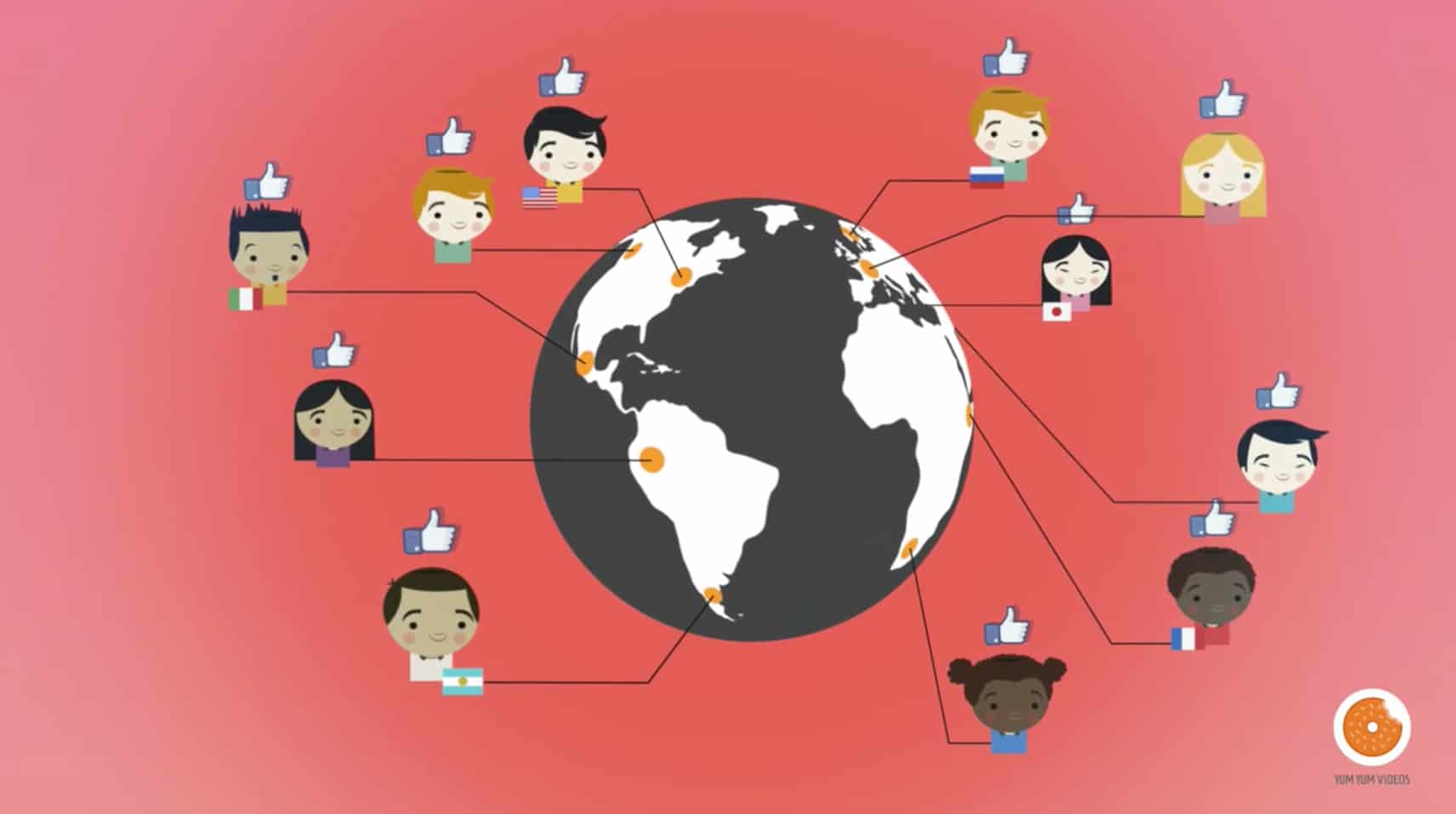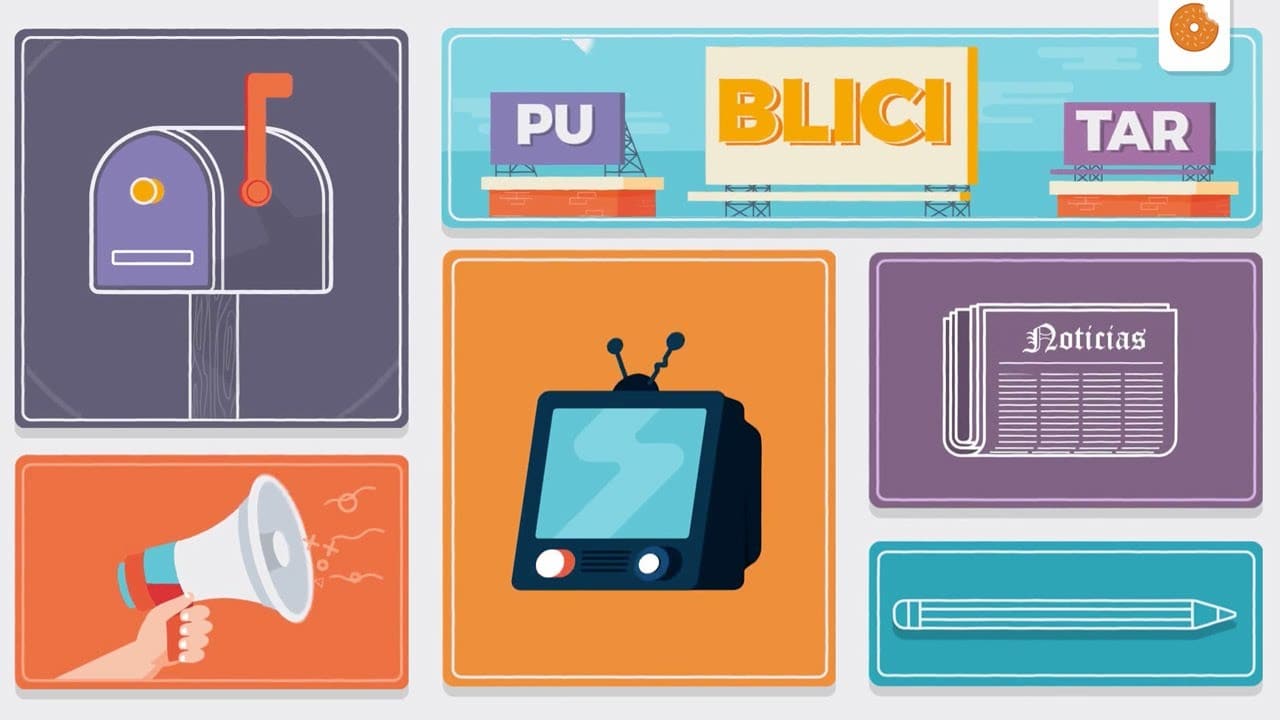Speaking The Language – A Guide to Video Localization
28/05/19
Author: Kristin Savage
6 min reading
Marketing

Every day, modern users consume more and more video content. Today’s trends have shifted from textual information to audiovisual. Therefore, if you use video as a tool to promote your company, it makes sense to think about reaching larger target audiences.
When you plan to release information about your product outside of your country, you definitely need to localize content.
Today at Yum Yum Videos, we are going to go over several features of the video localization process. So that you can provide your users with interesting and valuable videos about your products or services in a language they can appreciate.
Table of Contents
The Concept of Video Localization
To begin with, let’s say a few words about localization as such. In essence, the localization process refers to adapting your marketing content strategy to cater to a foreign target audience. This approach includes localization of content strategies and the content itself as well.
When it comes to video, localization involves making changes to the video clip so that it becomes understandable and accessible to a specific audience.
Video localization is not about language only, although language is a big part of it. Localization calls for changes in the video clip in order to avoid ambiguities and potentially offensive or incomprehensible phrases or actions. In addition, it is necessary to develop the right marketing message that will resonate with a specific target audience.
Who Needs Video Content Localization?
In general, the localization of video content is necessary for any business that:
- Works with video content.
- Plans to enter international markets.
In practice, the following types of content should be localized:
- Advertising and promotional videos.
- E-learning and explainer videos.
- Brand /product/ service videos.
- Cartoons and movies.
Source as the Most Important Element for Localization
It stands to reason that the video localization process begins with the original material or resource. This resource contains all the elements of the video, such as graphics, soundtrack, animatics, voiceover, and musical elements. This is the initial information that will be changed in the localization process according to the features of the product or service and the target audience.
When Do You Need to Replace the Elements of the Video Sequence?
In the process of localization, each of these elements must be analyzed and modified according to the needs, culture, and peculiarities of perception of the target audience.
For example, let’s talk about graphics. If your video contains images of girls in swimsuits on public beaches, the audience from Muslim countries will most likely regard it negatively.
You will need to translate and replace text information if it is a training video or video infographic. The same is true for the voiceover.
If you are localizing a video about your product or service, make sure your product is itself localized according to the needs of your audience. Otherwise, there is almost no sense in offering them your good and corresponding videos.
Possible Problems You May Encounter When Localizing Video
The process of video localization requires not only marketing but also a proper technical approach.
It is a two-way process that implies both a change in the marketing message and a technical re-implementation of the video. Below we have collected some of the most common problems that you should consider when ordering a video localization service.
When Several Translators Work Simultaneously
If you have a considerable amount of video content, then most likely, the translation will be performed by several experts at the same time.
Your task is to make sure that each of them understands the essence of your idea, product, or service. This is necessary so that different translators do not allow any inaccuracies in the translation of the text and do not make it ambiguous or difficult to understand.
Blind Translation
This is partly a conversation about the importance of the source in the localization process. For example, it is extremely wrong to implement a localized translation without viewing the source.
This is especially critical in the translation of films or cartoons when the emotions of the characters reflect the essence of their phrases much better and can help find the most suitable words for localized translation. For example, if the sayings are understandable only within the framework of a particular culture, then the translator, based on the meaning and emotions of the characters, should find the most appropriate analog.
Lip-Sync Difficulties
You probably noticed when watching foreign films that the speech of the characters in your language may fit the video or may not. Roughly speaking, the hero can speak while his mouth is open, and maybe the other way around – the hero has already finished the sentence, and the translation in your language still sounds.
To avoid this, the lip synchronization approach should be used in your video localization. Thus, the task of specialists will be to ensure that the translated phrase not only displays the essence but also fits into the excerpt of the video when the hero speaks.
Simplified Video Localization Options
There are also easier ways to localize video. Of course, the result will not be as perfect as with full localization, but if you are forced to conquer new markets in a strictly defined financial framework, then these options are also possible.
Re-voicing
When re-voicing, it is only necessary to change the audio range of the video. To do this, the text must be professionally translated and recorded by a native speaker of the target language. If necessary, it is possible to change the music track or add new sound effects.
Dubbing
There is an even more economical option to make your video available to a foreign target audience which is called dubbing. With this approach, the original sound effects are not removed. You will need to record a new audio track and apply this layer to the original. At the same time, the original voice acting is muffled, and all other musical and sound effects remain the same as they were in the source.
Subtitles
Subtitles are the easiest and cheapest video localization factors. Although this is not quite a localization, rather providing the video with text in a foreign language. To do this, it’s necessary to do the translation in such a way that the viewer has time to read the subtitles, but not lose the essence.
The disadvantage of this approach is that the viewer is continuously forced to read the text rather than watch the video. On the other hand, in the future, it will be very easy to translate the subtitles into other foreign languages.
Conclusion
If you still doubt whether you need video localization services, ask yourself this: Are you aiming to capture the attention of a foreign audience?
If the answer’s yes, you probably do.
Fortunately, there are a lot of alternatives at your disposal to take care of this task. Be sure to account for the audience you want to reach, the specifics of your product or services, and the price you are able to pay for it.
In any case, the result will be worth the money spent.









